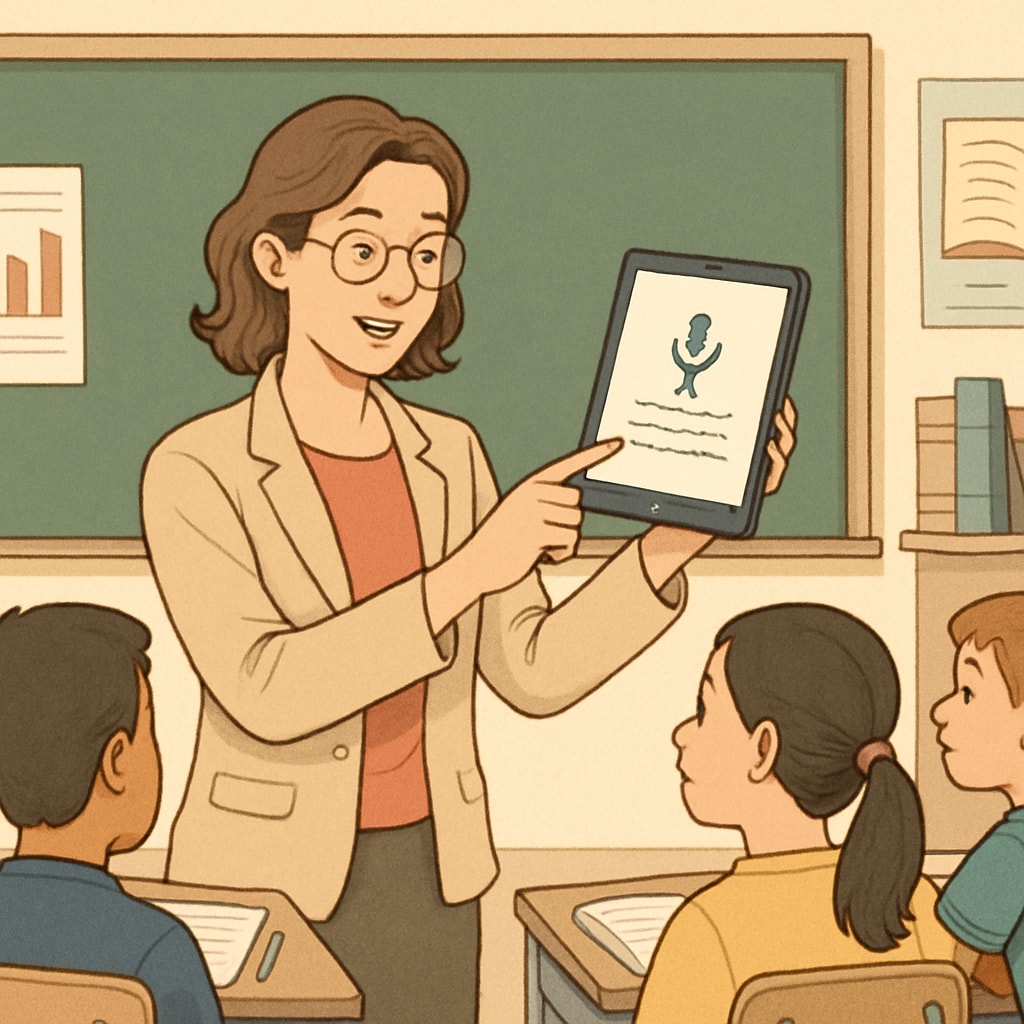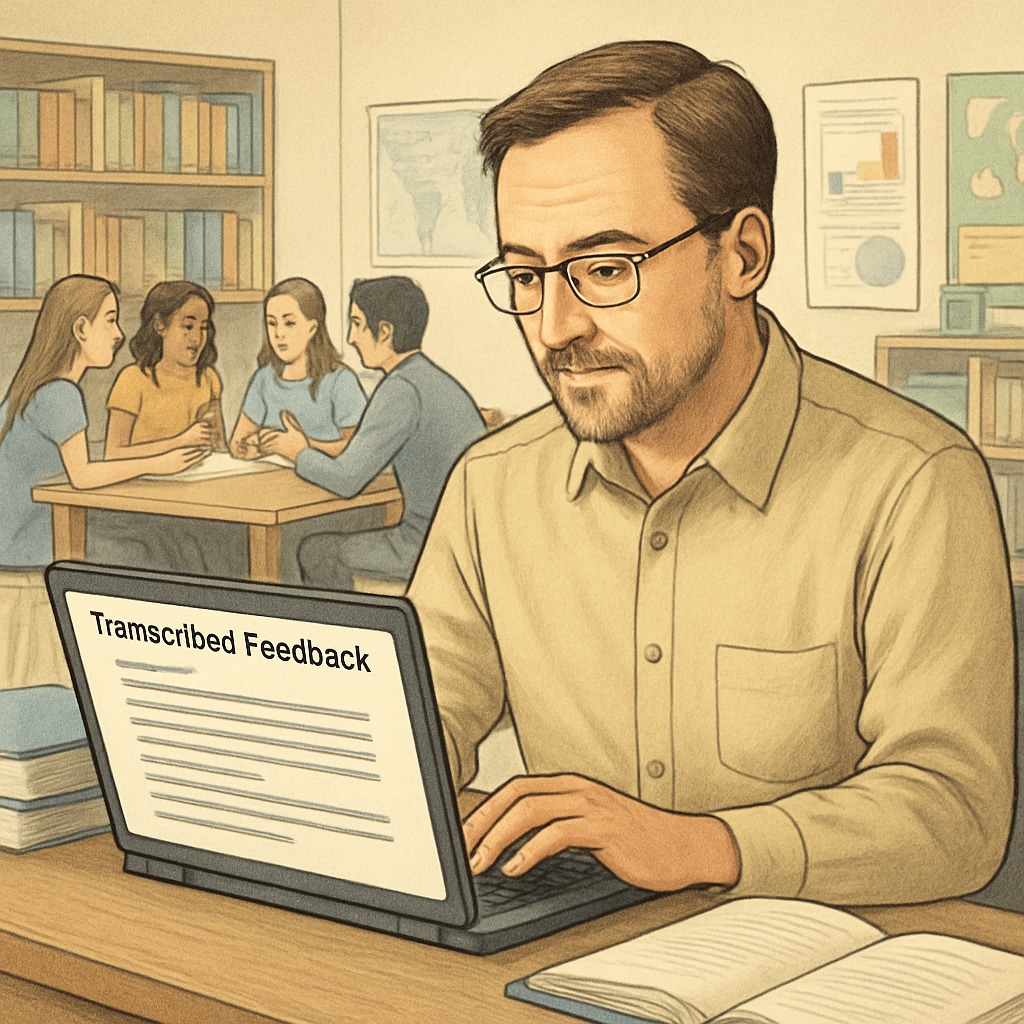Voice to text technology is rapidly transforming how educators work, significantly improving education feedback and teaching efficiency. In the K12 education sector, tools like WillowVoice enable teachers to seamlessly convert spoken words into text, allowing them to focus more on classroom interactions and less on administrative tasks. By embracing this technology, educators can streamline their workflows, enhance the quality of their feedback, and ultimately provide better learning experiences for their students.
Streamlining Teaching Workflows with Voice to Text Technology
One of the main advantages of voice to text technology is its ability to simplify time-consuming tasks. Teachers often spend hours preparing lesson plans, grading assignments, and providing detailed feedback to students. With tools like WillowVoice, they can dictate their thoughts and have them instantly transcribed into actionable text. This not only saves time but also ensures accuracy and consistency in their work.
For example, a teacher observing a student’s classroom performance can use voice to text software to quickly document their thoughts. These observations can then be converted into structured feedback that benefits both students and parents. As a result, teachers can focus on fostering deeper connections with their students rather than being tied to administrative work.

Improving Education Feedback and Student Learning
Effective feedback is crucial for student development, and voice to text technology can play a pivotal role in this process. Traditional methods of providing feedback, such as handwritten notes or typed comments, can be time-consuming and prone to delays. By using voice to text tools, teachers can provide immediate, detailed feedback in a fraction of the time.
Additionally, the conversational nature of spoken feedback can make it more personalized and relatable for students. For example, a teacher can record their thoughts on a student’s essay and have the transcription automatically formatted into a comprehensive feedback document. The immediacy and clarity of this approach can significantly enhance the learning experience.
Furthermore, voice to text technology supports multilingual feedback, enabling teachers to communicate with students and parents who may not share the same primary language. This inclusivity ensures that all learners receive the support they need to succeed.

Enhancing Collaboration and Professional Development
Beyond improving direct interactions with students, voice to text technology can also foster collaboration among educators. Teachers can use these tools to document and share ideas for lesson plans, classroom strategies, and professional development initiatives. This collaborative approach can lead to the creation of a more cohesive and effective teaching community.
For instance, during professional development workshops, teachers can use voice to text applications to transcribe discussions and share insights with their colleagues. This ensures that valuable ideas are captured and can be easily revisited and implemented in classrooms.
Overcoming Challenges and Adopting Best Practices
While the benefits of voice to text technology are clear, its adoption in K12 education is not without challenges. Teachers may face a learning curve when integrating these tools into their workflows, and schools may need to invest in training programs to ensure effective usage.
To maximize the impact of voice to text technology, educators and administrators should consider the following best practices:
- Choose user-friendly tools that integrate seamlessly with existing educational platforms.
- Provide training sessions to help teachers become comfortable with the technology.
- Encourage regular use of the technology to build familiarity and confidence.
- Use the technology to complement, not replace, traditional teaching methods.
By addressing these challenges and implementing best practices, schools can create an environment where voice to text technology enhances both teaching efficiency and student outcomes.
The Future of Voice to Text in K12 Education
As technology continues to evolve, the potential applications of voice to text tools in education are virtually limitless. From real-time transcription during lectures to automated grading systems, these tools are set to become an integral part of the modern classroom. By adopting voice to text technology today, educators can prepare for a future where teaching is not only more efficient but also more impactful for students.
In conclusion, voice to text technology offers a transformative opportunity for K12 education. By improving education feedback and teaching efficiency, tools like WillowVoice empower teachers to focus on what truly matters: inspiring and educating the next generation of learners.
Readability guidance: This article uses short paragraphs and lists to enhance readability. With a focus on active voice and clear transitions, the content aims to provide actionable insights for educators considering voice to text technology.


